The Garden Design Process, Step-by-Step
Now is the time to make plans for your garden before the frenzy of spring arrives. How do you begin designing your own home garden? Or updating one you inherited? All the decision-making can be overwhelming. Simplify by breaking the process down into steps, saving the best for last (the plants).
Start with Inspiration
Browse magazines, books, social media and websites for gardens that you love. Go for a stroll in your neighborhood, go for a hike or meander through Denver Botanic Gardens. Even art museums or galleries offer garden inspiration. Once you find something that strikes your interest, try to pinpoint specifically what you like about it: Is it the sculptural impact of dense shrubs and cacti? Does it bring back fond memories of childhood? Is it the protective feeling of a shaded seating area? Often, it’s just the feeling that the garden evokes, not necessarily the specific plants that draw you in. Once you have a general idea of the style or feeling you want to create you can move to the next step.
Consider Architecture
If you are designing for your house, it’s important that the style and layout marry with the building. Is it adobe with rounded corners and soft curves or Victorian: symmetrical and angular? Begin by looking at the footprint of your house and drawing lines out from major architectural points (either on paper or spray paint out in the yard). This can lay the foundation for the shapes of the garden beds or hardscaping.
Plan for Function
Decide which shapes on your plan should become planting or hardscaping. This is where practical considerations are paramount. How will theses spaces be used? Maybe the space will be a seating area or offer an unobstructed view. Consider materials that are regionally appropriate and relate to your house. Maybe red sandstone pavers fit best—or perhaps grey, crushed gravel.
Think Green
Now you can get creative with plants. There are many ways to design a planting scheme. Here’s a simple option. Research three plants indicative of your chosen garden style. Make sure they grow well in your area and look nice together. Next, choose a couple companion plants that share some commonalities with your main three, such as similar leaf shape, same fuzzy texture or same color bark. In the gallery below, Heuchera pulchella, Schizachyrium scoparium and Sedum spurium ‘Red Carpet’ all share hints of maroon coloring and prefer dry, sunny gardens. Don’t be afraid to keep the palette simple and repetitive. Remember, you can always change it!
I hope you feel inspired to start your garden design. Leave a comment below and let me know what your design ideas are or if you have any questions.
Schizachyrium scoparium photo: Andy Mabbett
Gallery
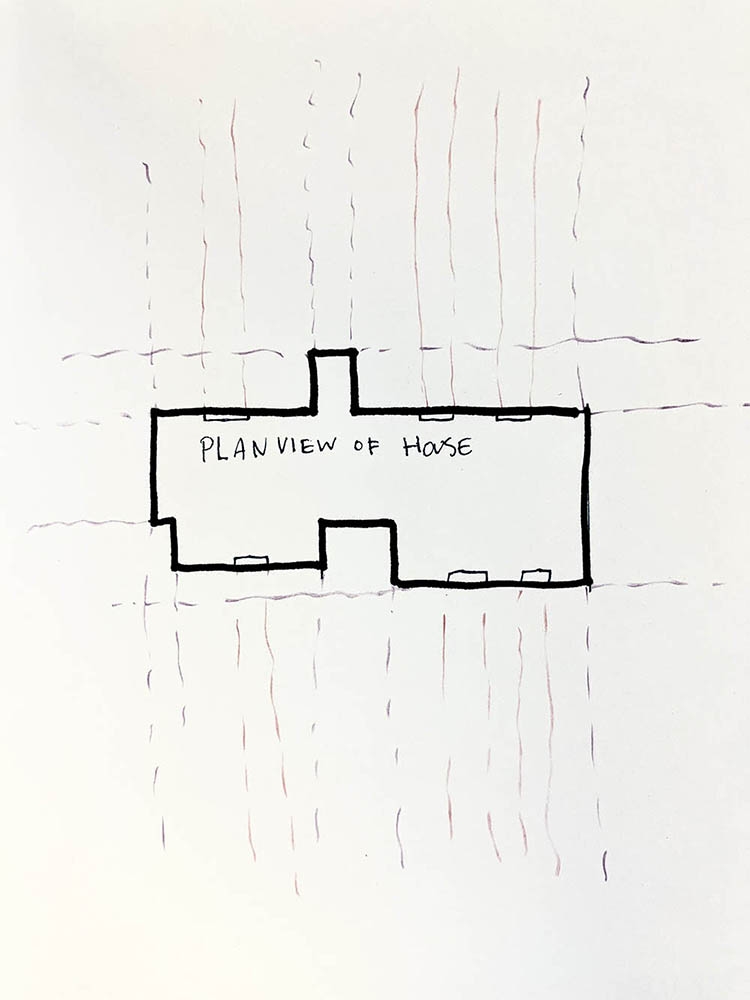
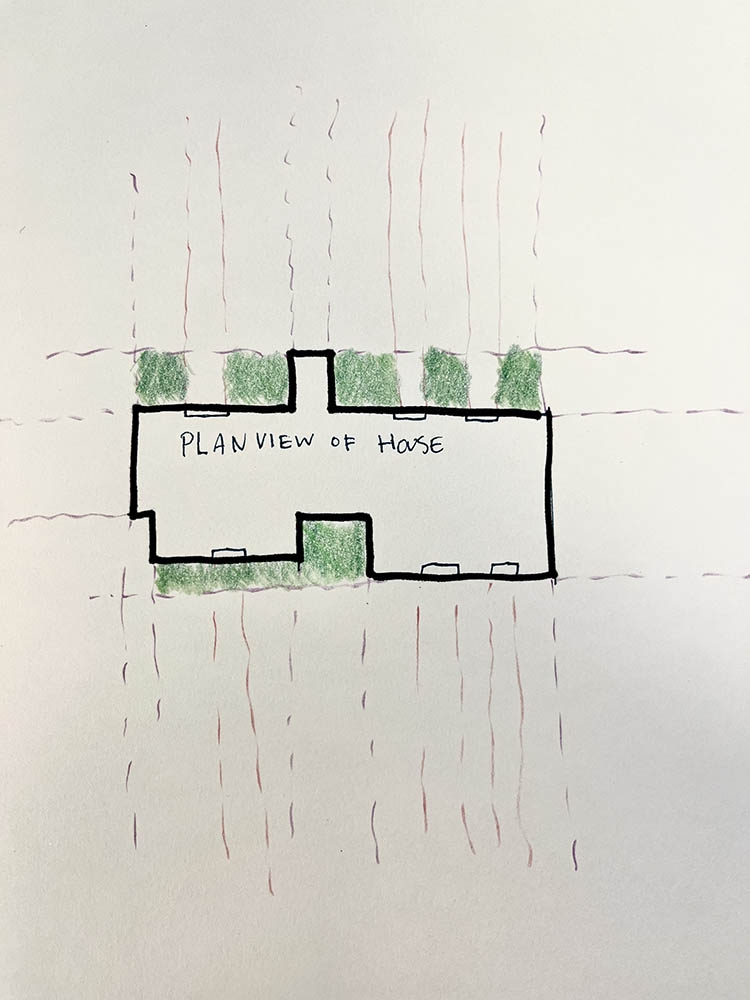
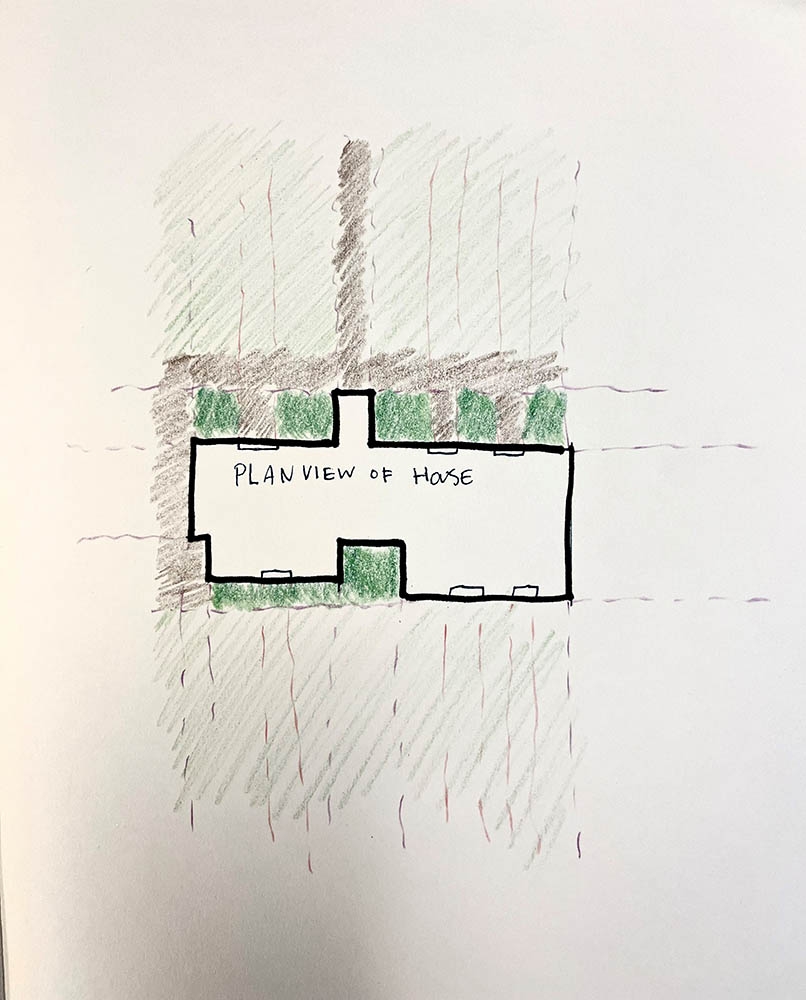
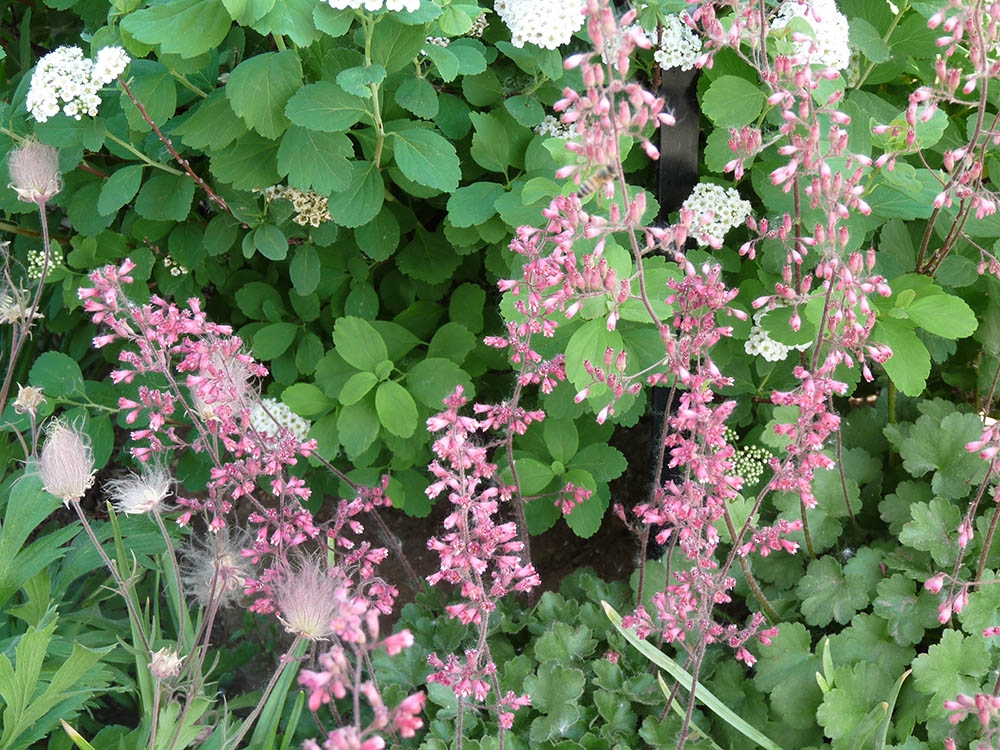
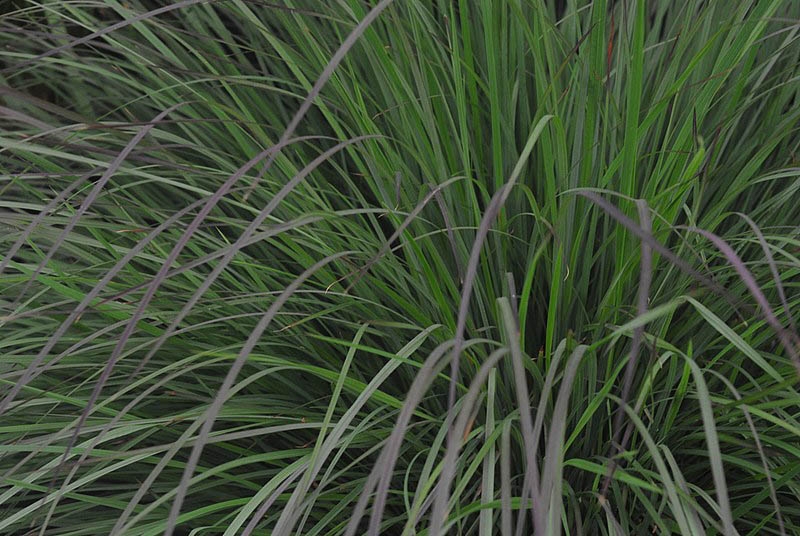
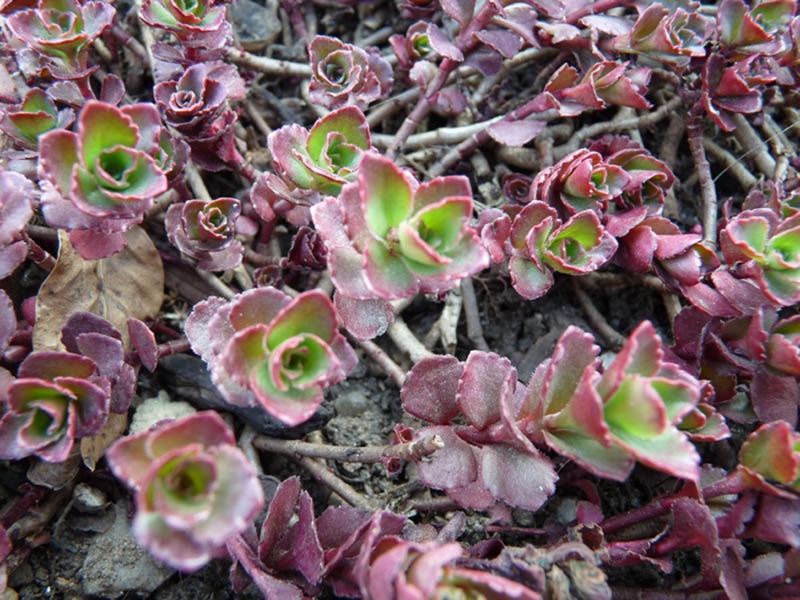
Add new comment